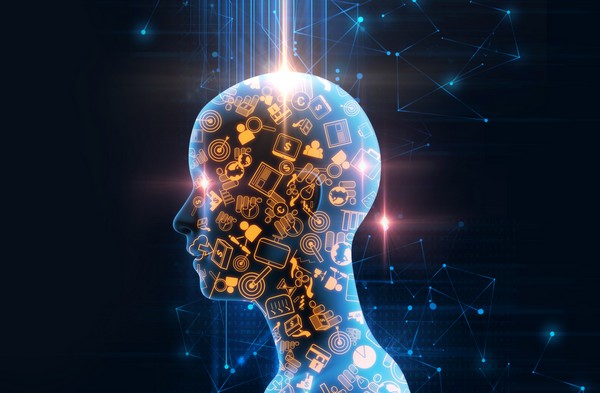
What Will Come Next With Artificial Intelligence
Before the creation of Artificial Intelligence (AI), robots were simply not able to do many of the same tasks that humans could. They could do repetitive physical tasks, such as placing caps on bottles but not tasks that required intelligence. This meant that they couldn’t adapt their actions when the situation or objective of a task changed or they needed to predict how something would need to be done. Different forms of AI have tackled many of these issues and are continuing to do so.
It Is Helping Healthcare Workers and Their Patients
Hospitals, clinics, and other healthcare facilities can be very high-traffic places. Anything that can assist doctors and nurses in helping patients while they are not there in person would be a great blessing. This is where AI has stepped in. Different programs, like those run by neural network chips, can monitor the health of different patients and know when a health crisis is happening or will happen to them. This will help doctors prioritize who to help first before going to assist others.
Medical programs can also assist individuals who are away from any facilities. They can monitor how well a certain person’s mind or heart is functioning and alert emergency workers when they detect that something is wrong. Mental health-focused versions of this technology can provide basic therapy and make suggestions to users. Both of these abilities free up surgeons, therapists, and so on for those who have a more dire need of service.
It Is Protecting Computers From Threats
AI has recently started being utilized in the areas of cybersecurity. Just like with healthcare, it essentially acts as an extra set of hands and eyes for the security professionals and helps them prioritize the areas that need the most strengthening over the ones that are more secure. It can help security workers differentiate between data points that merely seem threatening and those that are actually a threat. It also can detect questionable activity and viruses within the large amounts of data in the system as well as predict possible future issues and then fix the system itself without the help of any professionals.
It Is Communicating With Humans Better
Virtual Assistants and Chatbots are functioning fairly well in their tasks of taking human language and then being able to provide what is being asked for, such as information, but there’s still a lot that can be improved. Users can become frustrated with the delay of services that occurs when the software can only respond to certain phrases and not as many as a normal human would. This can cause potential customers to interact less with certain businesses or use certain technologies less. However, the amount of language that these technological processes can understand has improved over the years and will continue to improve. Soon, maybe even the simplest of these programs will be able to pass the Turing Test.
It Is Pairing With Quantum Computers
The advent of quantum computing has helped computers solve problems that required far more processing power and memory than even what the supercomputer could have. Even the most powerful non-quantum supercomputer would take a few days to search through thousands of files for the correct data point. Quantum hardware is able to perform that same search in about a second. Thus, the processes that AI might need to go through in order to find the right information to solve an issue will take a lot less time. Businesses and their customers, then, won’t have to wait an aggravating amount of time to get the solutions that they need when they need them.
Knowing the possibilities of what future technologies will be able to accomplish can be exciting. However, it can be frustrating to wait for technologies to improve to this point. Hopefully, with how fast innovation is moving these days, we won’t have to wait too long for these advances to come.
